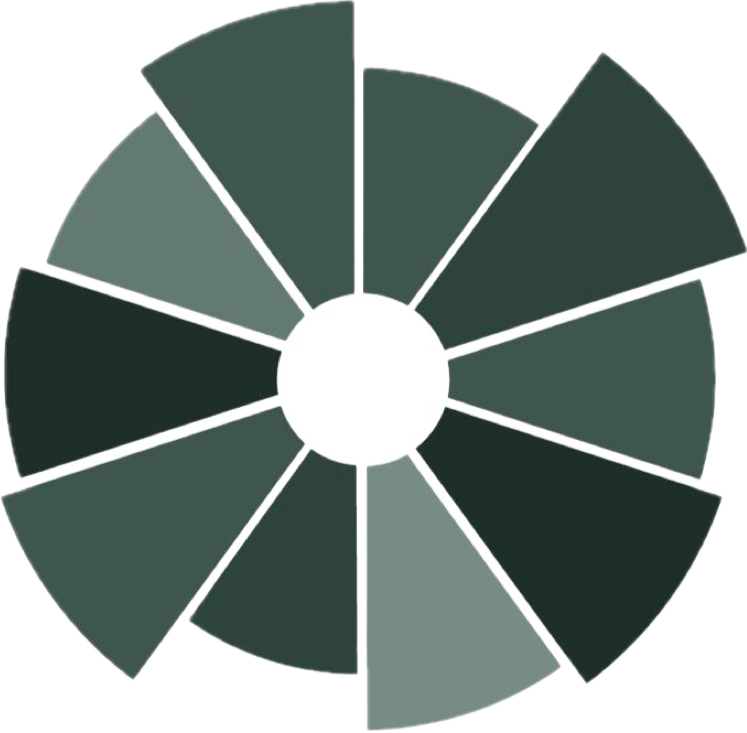the good doctor on: Single-Photon Imaging

Blog #51 Single-photon imaging
I would like to acknowledge my indebtedness to a publisher called Nature that puts out regular newsletters on the latest research in science and technology. In March, 2021, Nature published a paper on photonics showing that 3-D images can be created of objects from as far as 200 km way! Astounding and mind-bending.
This represents a paradigm shift, like taking the Earth from the centre of the solar system and putting the sun there. All along we have been dealing with light and imaging from an optical perspective. If we wanted to see something from a long distance, we would get a powerful enough telescope and point it at the object. There are limitations to this process, from the size and power of lenses, to the optical surface and materials, and finally to looking through a “hazy” media like the sky. With the advent of powerful lasers, ultra-sensitive digital detection, and sophisticated algorithms, scientists are on the verge of being able to create images of an object from a long distance.
These single-photon lidars use a telescope and
a device that produces light in the near-infrared wavelength of 1550 nm (the human
eye works in the 400-700 nm wavelength range).
This allows for less interference when travelling through the air. The
rebound photon is collected and with the help of filters, can be analyzed and
converted to a viewable sketch.
The use of infrared light is once again proving valuable in advancing scientific research, as with the Optical Coherence Tomographer that Burlington Eyecare uses when scanning the eye or the Meibography camera that we use to detect and treat dry eye. Both of these tools have proven invaluable in the accurate diagnosis and early detection of eye problems. We are so thankful for this technology. The uses of infrared light are many and the potential for something like distance single-photon imaging is fascinating. With sharing of information and collaboration among disciplines the results can be surprising.
Till next week,
the good doctor, Dr. Mark Germain, Burlington Eyecare






